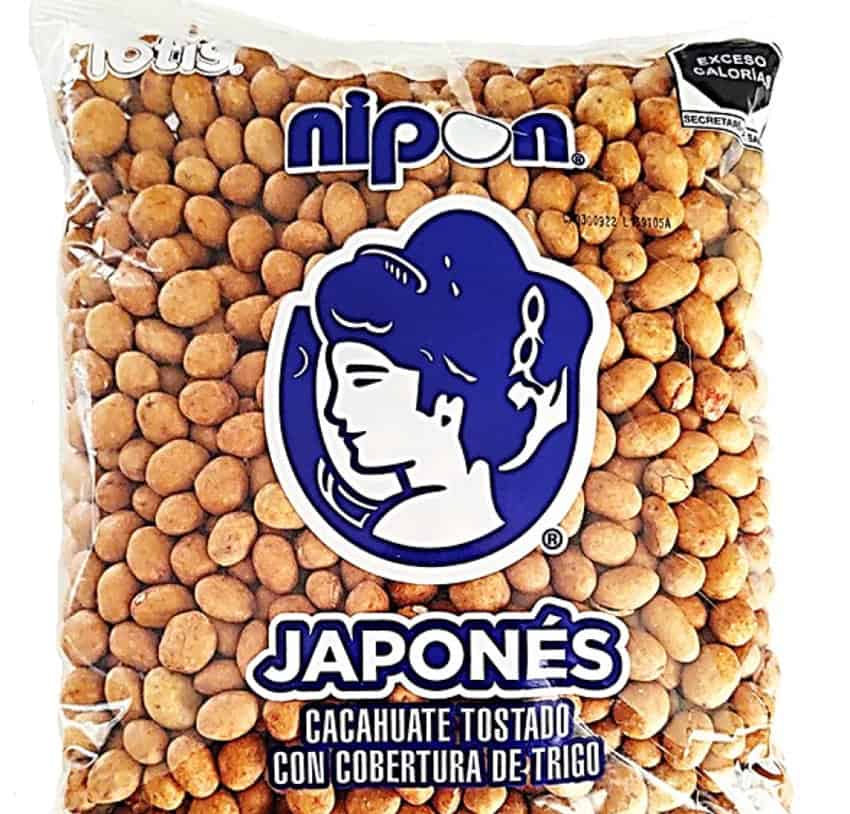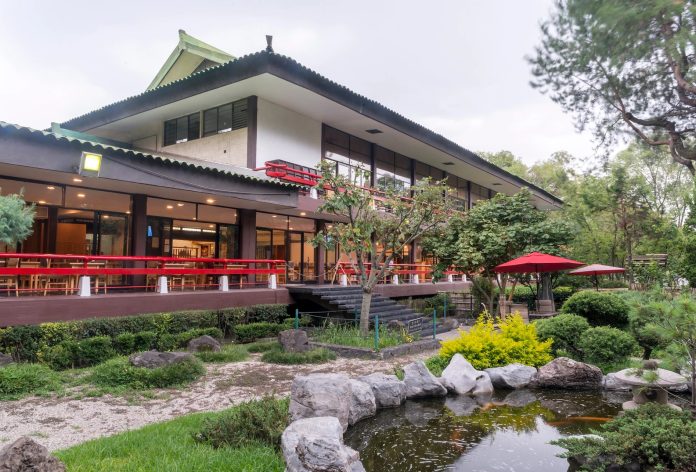As MND puts local food and drink into a sharper focus in its new sections, we’re kicking off a series to give readers and eaters a peek into the many cultures that make Mexico City’s cuisine what it is today. Many people think of Mexico as ethnically monolithic, a mestizo nation made up of the descendants of Spaniards and Indigenous peoples. In fact, many groups of immigrants have also come to the country and left their indelible mark on the local food scene. One of these groups is the Japanese.
In 1888, Mexico and Japan signed the Treaty of Amity, Commerce and Navigation, which not only established diplomatic relations between the two countries but was also Japan’s first trading agreement that put it on equal footing with another nation. But even then, there were already hundreds of years of history linking the two countries: Japanese sailors had long been part of the Manila Galleon, the trans-Pacific trade route that connected the Philippines and Mexico during the Spanish colonial period. These sailors often joined up on ships that were making the rounds and trading with Spanish sailors in the Philippines.

A brief history of Japanese Mexicans
The first official Japanese immigration to Mexico came in the form of the Enomoto Colonization Party, which settled in Chiapas with plans to start a coffee-growing business. The project failed, but it was the start of a small trend of permanent Japanese immigration to Mexico during the 19th and 20th centuries. By 1910, 10,000 Japanese are believed to have settled in Mexico. Many early immigrants worked on the railroads and fishermen on the coast, or headed inland to the capital to start small businesses.
During World War II, the United States government pressured Mexico to move its Japanese population away from the coasts and the borders to the interior of the country, specifically Guadalajara and Mexico City. Although their situation was not quite as punitive as in the United States — where 90% of the Japanese population was arrested and sent to internment camps — some Japanese in Mexico were arrested and held for the duration of the war, and the majority of those forced to relocate were stripped of their possessions and property. Forced to register in their new home cities so that the Mexican government could monitor them, they were left to survive with no government assistance.
What came from this concentration of the Nikkei — or Japanese-descendant — community were thriving local enclaves of immigrants who worked to preserve their culture and their cuisine despite the challenges they faced. In Guadalajara, Japanese cooks set up stands outside the bus station selling fish soup to travelers: today, these stands have morphed into many of the city’s market stalls, currently operated by the descendants of these immigrants. In Mexico City, the local community that ballooned from a few hundred to over 4,000 people started Japanese language schools, purchased a 200-hectare hacienda to house new arrivals and founded the Japanese Mutual Aid Committee (CJAM).
Generations later, Japanese immigrants to Mexico have seen their children and grandchildren fully assimilated into life here, and the bond between cultures can still be seen in many aspects of popular culture, in particular the many Japanese restaurants found across the capital.

Japanese eats in Mexico City
For classic dishes, the obvious choice is Ichi, run by the Mexican Japanese Association (AMJ) in Colonia Aguilas. When you’re in the back gardens among the koi ponds, the sound of trickling water from the gardens’ fountains and the chirp of birds in the cypress trees make it hard to imagine the bustling metropolis just beyond the gate. The organization was founded in the 1950s by some of the era’s most prestigious community members and Ichi serves an extensive range of Japanese cuisine, from udon dishes, to sashimi, sushi and teppanyaki. Try the chirashi plate, with its eight different types of raw seafood or a body-warming bowl of udon noodles with slices of salty pork and a sprinkling of green onions. Finish with a scoop of their traditional ice cream — the black sesame is divine.
To experience the intertwining of Japanese and Mexican cuisine Fideo Gordo is a must. Their diner-style space on Calle Salamanca is very low-key, but the menu is made to impress. It reflects the thoughtful ruminations of chef Edo Nakatani as he experiments with blending the two sides of his heritage and the flavors of his grandparents’ table: his grandmother a Mexican with Spanish ancestry, and his grandfather Japanese. They also happen to be the creators of cacahuates japoneses, a classic of Mexican snacks.
Nakatani’s birria udon adds traditional udon noodles to tender chunks of lamb in a birria broth impregnated with cilantro seed, toasted Szechuan peppers and cumin. The tamarindo agripicante starts with crunchy jicama and cucumbers with a musky dusting of cumin which hides a layer of fat stir-fry noodles below, ringing with the tangy sweetness of their tamarind and chili sauce.
Hankering for a little enlightenment over lunch? Head over to Café Amano in Colonia Nápoles. This humble cafe opened to raise money for the Japanese Eko Ji Buddhist Temple located on the same property when a bureaucratic snag stalled their recent renovations. They serve a daily menu of unfussy, home-style dishes and fixed-price meals, a kind of Japanese comida corrida.
The best place to enjoy the crunchy karage fried chicken or a cochuyan spicy beef stir fry is on the triangular patio in the back garden. In the spring, the cherry blossom tree covers the ground-level foliage with a blanket of pink and the sun fractures through the branches of a towering pine to cast memorizing shadows below. I would go every day just to have some of their “fluffy ice,” a shaved ice milk dessert drizzled with condensed milk and squares of dense, wobbly flan.
Lydia Carey is a freelance writer and translator based out of Mexico City. She has been published widely both online and in print, writing about Mexico for over a decade. She lives a double life as a local tour guide and is the author of Mexico City Streets: La Roma. Follow her urban adventures on Instagram and see more of her work at www.mexicocitystreets.com.
